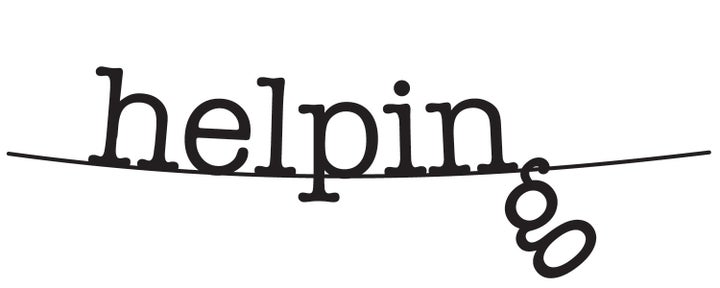
Elder abuse is a national epidemic. Each year in the United States, an estimated 10 percent of older Americans are injured physically, debilitated emotionally, exploited financially and/or neglected — often by an adult child, spouse, other relative or caregiver. Elder abuse victims have a three-fold risk of death compared to their non-abused counterparts. Frequently, an elder is isolated, their mistreatment hidden.
In 2006, newspapers around the country headlined the story that Brooke Astor, the legendary New York City philanthropist and socialite, was financially exploited and neglected by her son and attorney. The case attracted national attention as her grandson, with the help of others, sought elder justice – first, by petitioning for guardianship to help his grandmother and those who were (also) helping her, and second, to help bring some of her perpetrators (his father included) to justice. The Elder Abuse Unit of the New York County’s District Attorney’s Office indicted and convicted Brooke Astor’s son and attorney. Elder justice was realized.
That is rare. Most of the millions of elder abuse victims, their suffering shrouded in silence, do not receive justice. Only one in 24 elder abuse cases are reported to authorities. What is not rare is that, despite an almost total lack of support or resources, family, friends and neighbors step up to help. Yet helping hurts, as confirmed by new findings of our research.
Staggering Number Know About Elder Mistreatment, Assist Victims, and Feel Distress
Along with colleagues at Cornell University, University of Toronto and Purdue University, we utilized Cornell University’s Survey Research Institute’s omnibus survey to learn about these concerned persons who step up for elder abuse victims — a population that had never been assessed. The survey results were recently released in The Gerontologist. They show that when findings are extended to the general population (U.S. Census Bureau, 2016), approximately 73 million adult Americans have had personal knowledge of a victim of elder mistreatment. Further, approximately 44 million adult Americans have become involved in helping an elder abuse victim. And for over 32 million adult Americans, just knowing about an elder abuse situation is generally highly stressful. Actually providing help to the victim tends to intensify this personal distress.
We need more research to understand what specific aspects cause this distress. We do know from conversations with concerned persons that the path to assisting elder abuse victims is often fraught with challenges. Concerned persons may witness the decline in the victim's health and seek to obtain medical care, or provide what care they can themselves. They might feverishly focus efforts on trying to stop a financial exploiter from completely emptying bank accounts. They may try to lessen the victim’s despair. Often, they are often the only ones standing between the victim and the abuser, preventing the victim from slipping into total isolation.
Yet they are usually wholly unprepared for how this intervention might take a toll on they themselves. Relationships with friends they confide in and family may become strained, sometimes to the breaking point. They may suffer financial consequences. And seeing or confronting an abuser can be dangerous, so they personally risk becoming the target of abuse. Intervening can take real courage, and even more to remain involved. And it requires time, as elder abuse cases tend not to resolve quickly. It is not surprising that concerned persons can experience anguish, frustration and trauma. Yet like the victims they help, they are largely invisible: their deeds often not recognized, their needs unacknowledged.
Communities Can Help
What can communities do? A new program to be launched this spring in New York City is a beginning. The New York City Elder Abuse Center is launching a pilot helpline for concerned persons assisting elder mistreatment victims residing in New York City. Funded in part by the Fan Fox & Leslie R. Samuels Foundation, it will provide information, referrals and support. This is an important first step, but the need is great. Programs must be developed for concerned persons — and elder abuse victims — in every community. This will require support from foundations, private philanthropists, businesses and government. Brooke Astor fervently believed in a collectively expressed philanthropy, a “love of humanity.” Perhaps through the realization of her vision, in steps big and small, we will begin to achieve the elder justice Mrs. Astor didn’t live to experience herself.
Risa Breckman is the Director, NYC Elder Abuse Center at Weill Cornell Medicine’s Division of Geriatrics and Palliative Medicine.
Philip C. Marshall is Professor of Historic Preservation, Roger Williams University, grandson of Brooke Astor, and elder justice advocate.
Graphic design by Nancy Oatts, owner of Nancy Oatts Design and a neighbor of an elder abuse victim she assisted.